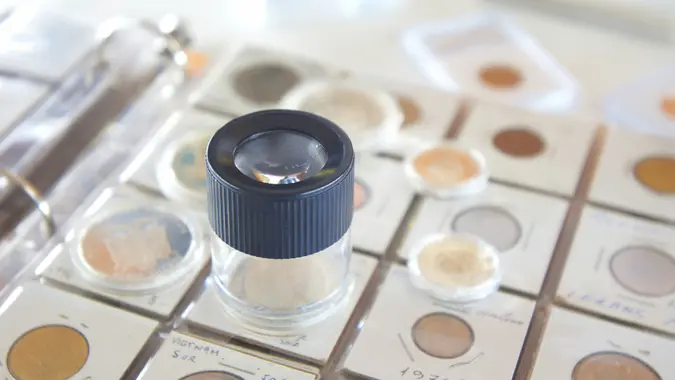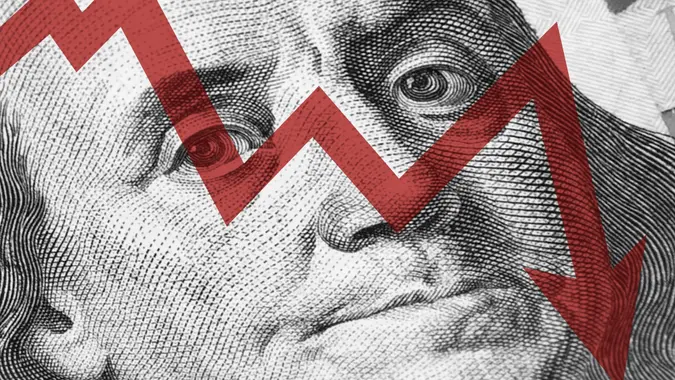How Much Money You Would Have If the U.S. Made These 3 Policy Changes

Commitment to Our Readers
GOBankingRates' editorial team is committed to bringing you unbiased reviews and information. We use data-driven methodologies to evaluate financial products and services - our reviews and ratings are not influenced by advertisers. You can read more about our editorial guidelines and our products and services review methodology.

20 Years
Helping You Live Richer

Reviewed
by Experts

Trusted by
Millions of Readers
Policy changes at the federal level can impact your personal finances. It can either put thousands of dollars back in your pocket or quietly drain your wallet over time. Here are three policy changes that can have a positive impact on your finances if they become law.
10% Credit Card Interest Rate Cap
The most immediate financial relief could come from Senate Bill 381, which proposes capping credit card interest rates at 10%. This change would provide substantial savings for millions of Americans struggling with high-interest debt.
“One policy change that could significantly impact the average American is the pending Senate Bill 381, which proposes a cap on credit card interest rates at 10%,” said Josh Richner, founder and senior advisor at FaithWorks Financial.
Discover Next: The Living Wage a Family of 4 Needs in All 50 States
As of February 2025, the average credit card APR stands at 21.37% and the average credit card debt per American is approximately $6,455, according to TransUnion, one of the three major credit reporting agencies. “At today’s average APR, carrying a $6,455 balance results in roughly $1,380 in interest over a year. If interest were capped at 10%, the annual interest would drop to around $645, saving the average consumer more than $735 a year,” Richner said. For individuals with higher credit card debt, the savings become even more significant.
‘One Big Beautiful Bill’
Another proposed policy under Trump Accounts, dubbed the ‘One Big Beautiful Bill,’ would create a federally-funded savings account with a $1,000 deposit for children born between Jan. 1, 2025 and Jan. 1, 2029. Families could contribute up to $5,000 per year until the child turns 18.
“Assuming a family contributes the maximum $5,000 annually and the account earns an average annual return of 7%, the account could grow to approximately $170,000 by the time the child reaches 18,” Richner added. “If families make no additional contributions, the initial $1,000 federal seed investment could grow meaningfully over 18 years, depending on the investment’s annual return. Assuming the same 7% annual return, the $1,000 could grow to approximately $3,380 by the time the child turns 18.”
This nest egg could go toward college, a first home or starting a business, giving the next generation a meaningful financial head start.
Monetary Policy
Monetary policy changes that lower interest rates could deliver big savings across multiple areas of households’ financial lives. “Lower interest rates can have a ripple effect on the entire economy, influencing everything from consumer spending and business investments to the housing market and job creation,” said Aaron Razon, personal finance expert at Couponsnake. “If borrowing costs decreased even by 1%, households might save thousands of dollars annually in loan and mortgage payments.”
 Written by
Written by  Edited by
Edited by 

























